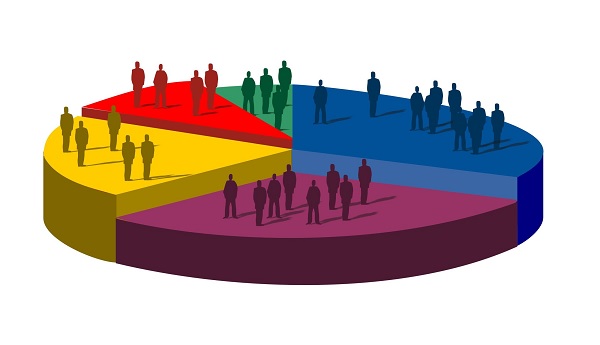
Demographic trends play a significant role in shaping the socioeconomic landscape of a country and can have far-reaching implications for various aspects of the economy, society, and public policy. Here are some key demographic trends and their impacts:
Population Growth and Aging
Population growth rates and aging demographics have profound effects on labor markets, consumer behavior, healthcare systems, and government finances. In countries with rapidly aging populations and low birth rates, there may be challenges related to labor shortages, rising healthcare costs, and strained pension systems. Conversely, in countries experiencing high population growth, there may be pressures on infrastructure, resources, and social services.
Migration Patterns
Migration trends, including immigration and emigration, influence workforce dynamics, cultural diversity, and economic growth. Immigration can contribute to labor force expansion, entrepreneurship, and innovation, while also presenting challenges related to integration, social cohesion, and resource allocation. Emigration, on the other hand, can lead to brain drain, labor shortages, and demographic imbalances in origin countries.
Urbanization
The trend towards urbanization, with increasing numbers of people moving from rural areas to cities, affects housing markets, transportation systems, and demand for goods and services. Urbanization can drive economic growth through economies of scale, agglomeration effects, and knowledge spillovers, but also poses challenges such as congestion, pollution, and housing affordability issues.
Family Structure and Household Composition: Changes in family structure, including declining marriage rates, rising divorce rates, and delayed childbearing, influence household formation, consumer spending patterns, and social welfare policies. Single-person households, dual-income households, and multigenerational households have different consumption preferences, savings behaviors, and support needs, shaping markets for housing, childcare, healthcare, and eldercare services.
Education and Workforce Skills
Demographic trends in educational attainment, skill levels, and workforce participation rates affect productivity, innovation, and competitiveness. Investments in education and training programs are crucial for equipping individuals with the skills needed to succeed in the labor market and adapt to technological changes, thereby driving economic growth and social mobility.
Health and Longevity: Improvements in healthcare, sanitation, and nutrition have led to increased life expectancy and changes in population age structures. Longer lifespans present opportunities for active aging, workforce participation, and intergenerational knowledge transfer, but also pose challenges related to healthcare financing, pension sustainability, and eldercare provision.
Ethnic and Racial Diversity
Demographic diversity, including ethnic and racial composition, influences social dynamics, cultural identity, and political discourse. Diversity can enhance creativity, innovation, and resilience by fostering different perspectives and experiences, but may also give rise to social tensions, discrimination, and inequality if not managed effectively.
Understanding and responding to demographic trends is essential for policymakers, businesses, and communities seeking to address pressing challenges and capitalize on emerging opportunities in an increasingly interconnected and rapidly changing world. By anticipating demographic shifts and adapting policies and practices accordingly, societies can strive to create inclusive, sustainable, and prosperous futures for all.
